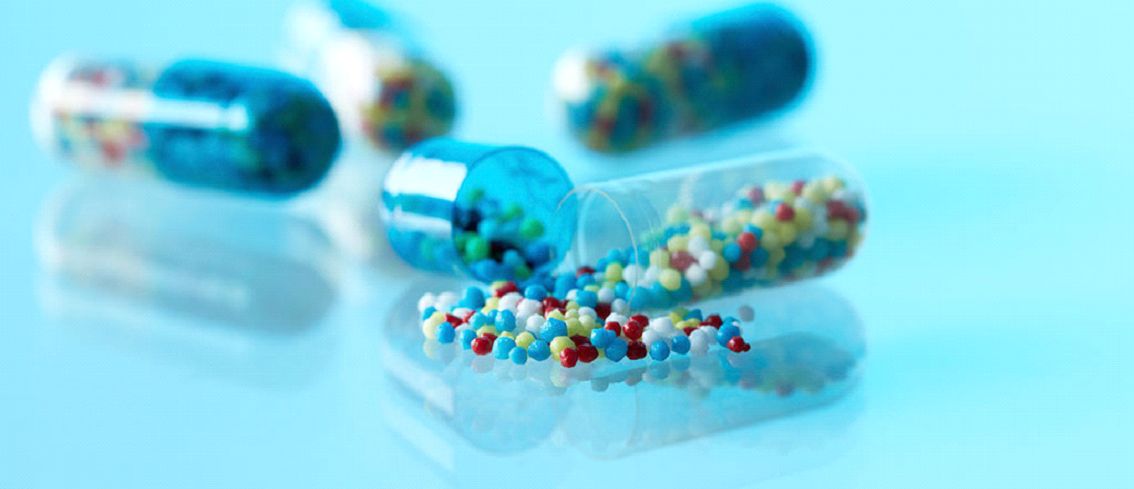By Sarah-Claire Jordan
 The pharmaceutical industry is perhaps one of the fastest-growing in the medical sector all over the world. This growth comes along with many mergers and consolidations among different companies who might not even speak the same language. Translation companies are doing their best to keep up with the demand for pharmaceutical translations, but the sheer volume of the work waiting to be done can get a bit daunting to say the least.
The pharmaceutical industry is perhaps one of the fastest-growing in the medical sector all over the world. This growth comes along with many mergers and consolidations among different companies who might not even speak the same language. Translation companies are doing their best to keep up with the demand for pharmaceutical translations, but the sheer volume of the work waiting to be done can get a bit daunting to say the least.
All that aside, there are several truly great translation companies out there with the right team members to take on the sometimes complicated and ever-changing sector that is pharmaceuticals. Not only do translators need to have an extensive knowledge of their language pairs, they also have to stay 100% on top of any and all changes in the industry. Also, the types of documents that pharmaceutical translators work with are not always entirely related to medicine. Many legal and financial hurdles need to be dealt with as well, and that is part of the job description.
In terms of what kinds of documents are involved in pharmaceutical translation, it is probably easiest to break them down into categories. The first would be medical documents, followed by legal documents, and finally marketing content. Medical documentation that often needs to be translated includes data sheets, scientific papers, toxicology reports, pharmacological studies, and more. Essentially, anything that was written or compiled by someone working in the field of medicine would be in this category of documents.
The legal documents that pharmaceutical translators tend to work with the most run the gamut from consent forms for people doing clinical trials to regulatory documents. Besides those, there are also things that may come up in terms of legal issues, like trademarking a name and things like that. If the medicine runs into issues once it hits the market, more legal documents will need to be drawn up and then translated as well.
Marketing content for a pharmaceutical drug includes everything from product labels to the ad campaigns that will be used to promote the new medicine once it is marketable. This might be the most difficult part of the translation process, as one has to walk a fine line between giving the target client enough information about the product without overwhelming them or using terminology they might not understand. Of course, an experienced pharmaceutical translator will have no issues with this.
Overall, there are many kinds of documents and translations that go into handling the translation services that a pharmaceutical company would require. The best thing to do is to take some time to figure out what will need to be translated and into what languages, and from there look at your options in terms of which translation agency to work with. Look for one that has team members with experience in pharmaceutical translation, as well as a good track record in general in terms of providing quality services and results for past and current clients. Besides that, try to stay with the same company for your translation services if they are giving you good results.




